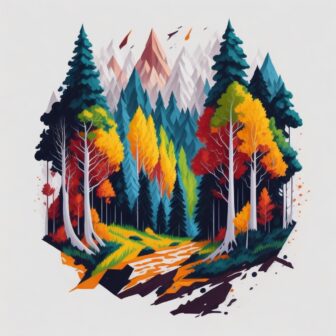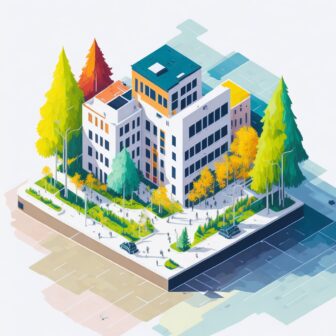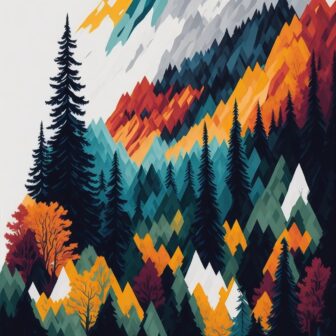5 Living History Museums in Germany
If you want something completely different for your next holiday with family or friends, then simply experience a living history museum in Germany!
A holiday in the Middle Ages in Germany is not only a tip for fans of knights and castles, but also for travelers who don’t feel like an ordinary package tour. Everyone has the opportunity to live here as it was hundreds of years ago.
A journey into the past with medieval delights is also possible at a knight’s banquet. The event gastronomy offers you the opportunity to dine in an old castle like the noble knights did back then. Mead is served at simple wooden tables and on plain benches to set the mood for the meal.
In order to get an insight into the variety of medieval cuisine, several smaller courses are served. So each guest can eat what he would like - whether roast beef or millet porridge. The right mood is rounded off with medieval live music.
Bornholm Medieval Center at Hof Ragelundsgard - A journey through time
For several years, “Living History”, making history tangible, has been a bestseller in many places in Europe. If you would like to recreate the lifestyle of the Middle Ages for yourself, then the Bornholm Medieval Center at Rågelundsgård Farm offers you numerous attractions.
On a fortress between costumes, animals, houses, a water mill you can experience the Middle Ages up close. Travelers live in the countryside as it was common between 1350 and 1450. Children are taught how to write runes, dye yarn and make straw dolls. A medieval market with stalls, jugglers and knights is also held in July.
Rabenstein Castle in Klein-Marlehns
There are numerous opportunities to experience the Middle Ages in Germany, such as Rabenstein Castle in Klein-Marlehns. Guests stay here in the dormitory of the inn of the imposing castle.
Meals are authentically served in the medieval knight’s hall. Newlyweds can even host their entire wedding at the castle.
Turmhügelburg in Lütjenburg - Live like 1000 years ago
Interested travelers can visit the museum complex in Turmhügelburg (Lütjenburg). Here guests can try to get closer to authentic life in the early Middle Ages, from 919 to 1024.
When cooking, it is strictly ensured that only ingredients from this period are used - potatoes, tomatoes and carrots did not exist back then. The tools are based on originals and the clothing is hand-sewn based on historical finds or templates. But it’s not too hard, because after all it’s still a vacation.
Bachritterburg Kanzach - A great vacation for the family
At the Bachritterburg Kanzach, families can experience the reconstruction of a late medieval castle. The first scientifically developed replica of a wooden castle of the lower nobility lets parents and children see medieval life before their eyes.
Children of different age groups are entertained here with numerous projects, which makes the encounter with the Middle Ages particularly lively. Many other events are available throughout the year and underline the medieval charm of the castle complex.
Especially for families with children, a short trip to a medieval castle is ideal to make the holiday varied and interesting. Travelers can get closer to life in the Middle Ages and learn a little more about the realities of that time. This holiday is not only varied, but also educational!
Black Forest Open Air Museum
We are changing the history period for our next live history museum, as I want to talk about the amazing Black Forest Open Air Museum, also known as the Schwarzwälder Freilichtmuseum Vogtsbauernhof.
This fantastic outdoor museum is located in the heart of the beautiful Black Forest region of Germany, between the towns of Hausach and Gutach. The museum is centered around the Vogtsbauernhof farmhouse, which dates all the way back to 1612 and still stands on the same site.
In addition to this impressive structure, the museum also features a variety of other buildings from the surrounding region that have been carefully dismantled, transported to the museum, and reassembled for visitors to explore. One of the main attractions of the museum is the six fully furnished farmhouses, each with its own unique exhibitions and demonstrations.
The Vogtsbauernhof farmhouse itself features an exhibition showcasing the typical work carried out by traveling craftsmen. Meanwhile, the Hotzenwaldhaus from Hotzenwald (elevation 920 meters), built in 1756, highlights Black Forest textile handicraft.
The Falkenhof from the Dreisam Valley (elevation 530 meters) was built in 1737 and features exhibitions on dairy and livestock farming in the Black Forest, as well as a comparison of historical and modern light sources. The Schauinslandhaus, built in 1730 on Schauinsland mountain (elevation 1,100 meters), showcases woodworking craft.
The Hippenseppenhof from Furtwangen-Katzensteig (elevation 920 meters), built in 1599, has exhibitions on clocks and traditional costumes of the Black Forest. Finally, the Lorenzenhof from Oberwolfach in the Kinzig valley (elevation 350 meters) was built in 1608 and features exhibitions of forestry management and glassblowing, as well as a collection of regional stone and minerals.
In addition to these farmhouses, the museum also features a day laborer’s cottage (built in 1819) and a variety of outbuildings including a mill (1609), a sawmill (1673), barns, stalls, a chapel (1736), a storehouse (1601-1746), and a granny house (Leibgedinghaus,1652). Visitors can explore these buildings and see the different tools, crafts, and traditions that were part of daily life in the Black Forest region.
Throughout the museum, visitors can also encounter a variety of farm animals and see a herb garden with over 130 medicinal herbs. Demonstrations and exhibitions are held throughout the year to help visitors understand and experience the work and lifestyle of former times.
The museum is open daily from the end of March until early November, and it claims to be the most visited open-air museum in Germany and one of the most visited throughout Europe, with more than 250,000 visitors a year. Since its opening in 1964, the museum has attracted over 16 million visitors.






